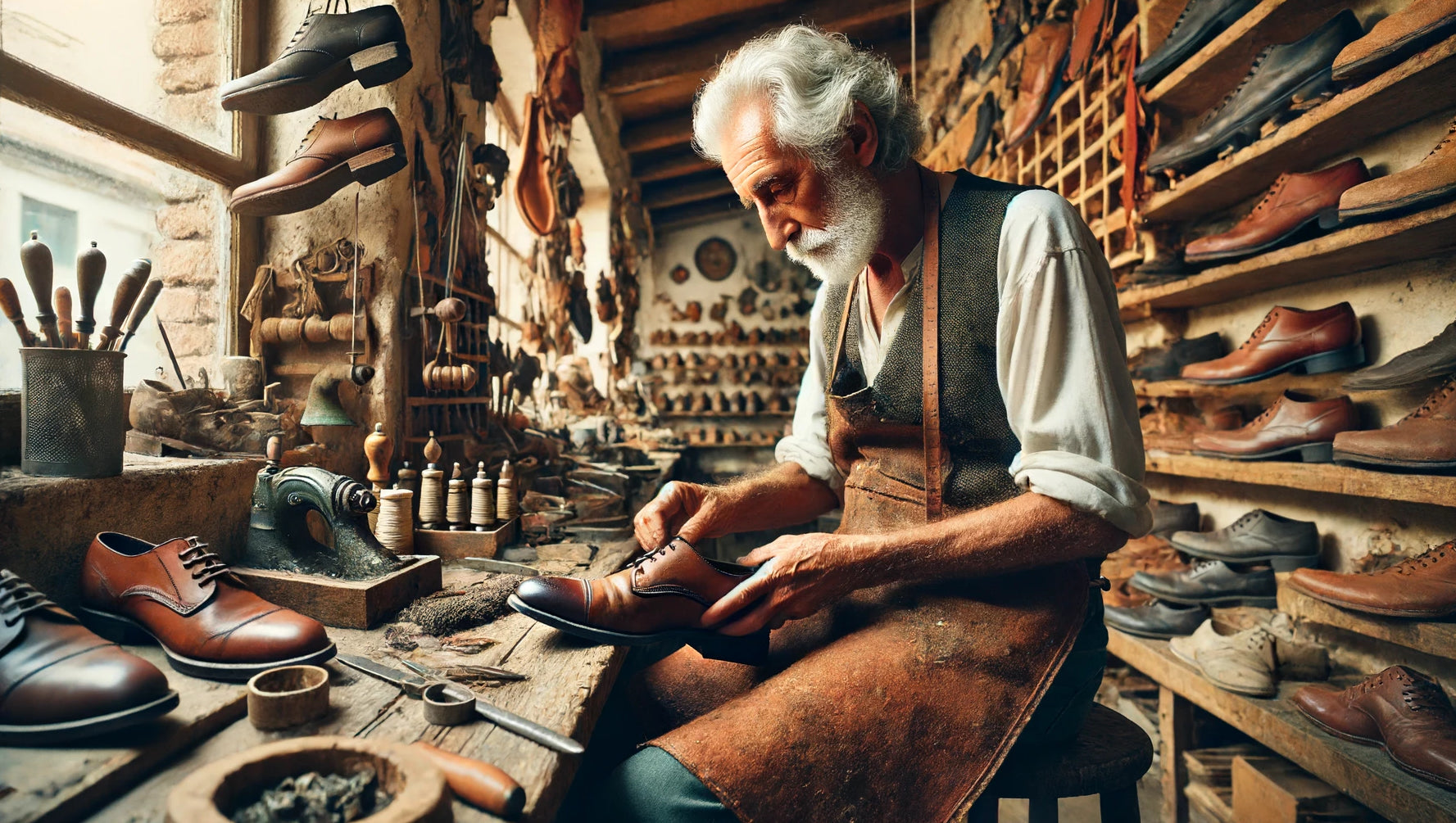
The Art and Craft of Sole Attachment in Bespoke Shoemaking
Bespoke shoemaking is a time-honored craft that requires a profound understanding of materials, techniques, and the anatomy of the foot. Among the myriad processes involved in creating a pair of bespoke shoes, the attachment of the sole is one of the most crucial. This process not only affects the shoe’s durability and comfort but also its overall aesthetic appeal. In this blog post, we will delve into the intricate process of sole attachment in bespoke shoemaking, exploring each step in detail, and appreciating the skill and artistry that goes into this craft.
Understanding Bespoke Shoemaking
Before diving into the specifics of sole attachment, it's essential to have a basic understanding of bespoke shoemaking. Bespoke shoes are custom-made for an individual, based on precise measurements and the specific preferences of the client. This process involves multiple fittings and a high level of craftsmanship, ensuring that each pair of shoes is unique and perfectly suited to the wearer.
The Role of the Sole in Shoemaking
The sole is the bottom part of the shoe that comes in direct contact with the ground. It plays a vital role in providing support, stability, and comfort to the wearer. In bespoke shoemaking, the sole is typically made from high-quality leather, although other materials like rubber and synthetic composites can also be used depending on the desired characteristics of the final product.
The attachment of the sole is not merely a functional aspect; it also significantly influences the shoe's aesthetic and structural integrity. A well-attached sole enhances the shoe's durability, ensuring it can withstand daily wear and tear. Additionally, the method of sole attachment contributes to the overall style and elegance of the shoe.
Step-by-Step Process of Sole Attachment
-
Preparation of the Upper and Last:
- Before the sole can be attached, the upper part of the shoe must be prepared and securely fitted onto the last. This process involves several steps, including skiving, stitching, and lasting.
- Skiving is the thinning of the edges of the leather pieces to ensure a smooth and neat seam. The upper is then stitched together, often using a lockstitch or chain stitch, to form the shoe's shape.
- The lasting process involves stretching the upper over the last and securing it in place with nails or tacks. This step ensures that the upper conforms perfectly to the shape of the last, which will ultimately shape the shoe.
-
Cutting the Sole:
- Once the upper is ready, the next step is to cut the sole from a piece of high-quality leather. The leather is usually soaked in water to make it more pliable and easier to work with.
- Using a pattern or template, the shoemaker carefully traces the outline of the sole onto the leather and cuts it out with a sharp knife or cutting tool. Precision is crucial at this stage to ensure the sole fits perfectly with the upper.
-
Shaping the Sole:
- After cutting, the sole needs to be shaped to match the contours of the last and the upper. This involves beveling the edges and thinning certain areas to create a seamless connection with the upper.
- The shoemaker uses specialized tools like a skiving knife, rasp, and edge iron to achieve the desired shape and thickness. Attention to detail is vital to ensure that the sole fits snugly against the upper without any gaps or unevenness.
-
Attaching the Sole:
- There are several methods for attaching the sole to the upper, each with its own advantages and aesthetic qualities. The most common methods include stitching (e.g., Goodyear welt, Blake stitch) and cementing.
- Goodyear Welt: This method involves stitching a welt (a strip of leather) to the upper and the insole, creating a platform to which the sole is sewn. This technique provides excellent durability and allows for easy resoling. The process begins with attaching the welt to the upper and insole using a lockstitch. Once the welt is in place, the sole is stitched to the welt using a rapid stitcher or hand stitching.
- Blake Stitch: In this method, the sole is directly stitched to the upper and insole, creating a more flexible and lightweight shoe. The shoemaker uses a Blake stitching machine to sew the sole to the upper, ensuring a secure and tight fit. This technique is quicker and less labor-intensive than the Goodyear welt but offers less durability and water resistance.
- Cementing: This method involves applying a strong adhesive to the sole and upper, then pressing them together to form a bond. Cementing is often used for casual or lightweight shoes and offers a sleek, modern look. The shoemaker applies a layer of adhesive to both the sole and upper, waits for it to become tacky, and then carefully aligns and presses the two pieces together.
-
Securing the Heel:
- After the sole is attached, the next step is to secure the heel. The heel is typically made from stacked leather or rubber, and it provides additional support and height to the shoe.
- The shoemaker attaches the heel to the sole using nails, screws, or adhesive, ensuring it is firmly in place. The edges of the heel are then trimmed and shaped to match the contours of the sole.
-
Finishing Touches:
- Once the sole and heel are securely attached, the shoemaker focuses on the finishing touches that give the shoe its polished and professional appearance.
- The edges of the sole and heel are carefully trimmed and smoothed using a rasp and sandpaper. The shoemaker may also apply edge dressing or dye to give the edges a clean and uniform look.
- The sole is then burnished and polished to enhance its shine and protect the leather. This process involves rubbing the leather with a bone or glass tool to create a smooth and glossy finish.
-
Final Inspection and Fitting:
- Before delivering the finished shoe to the client, the shoemaker conducts a final inspection to ensure that every detail is perfect. This includes checking the stitching, alignment, and overall quality of the shoe.
The Importance of Craftsmanship
The process of sole attachment in bespoke shoemaking is a testament to the skill and dedication of the shoemaker. Each step requires precision, patience, and a deep understanding of materials and techniques. The shoemaker must carefully balance functionality and aesthetics, ensuring that the sole not only provides support and durability but also complements the overall design of the shoe.
In the world of bespoke shoemaking, the attachment of the sole is more than just a technical procedure; it is an art form. The shoemaker's expertise and attention to detail are evident in every stitch and cut, resulting in a pair of shoes that are not only beautiful but also built to last.
The Evolution of Sole Attachment Techniques
The techniques used in sole attachment have evolved over centuries, influenced by advancements in technology and changes in fashion. Traditional methods like hand stitching and welting have stood the test of time, offering durability and a timeless aesthetic. Modern techniques like cementing and machine stitching provide efficiency and flexibility, catering to the diverse needs of contemporary footwear.
Despite these advancements, the essence of bespoke shoemaking remains unchanged. It is a craft that values quality over quantity, focusing on creating shoes that are tailored to the individual and built to withstand the rigors of daily wear. The process of sole attachment, whether done by hand or machine, reflects this commitment to excellence and the enduring appeal of bespoke footwear.
Conclusion
The attachment of the sole is a critical stage in the bespoke shoemaking process, requiring a blend of technical skill and artistic vision. From the initial preparation of the upper and last to the final finishing touches, each step is meticulously executed to ensure the perfect fit, function, and form of the shoe.
In an age of mass production and disposable fashion, bespoke shoemaking stands as a beacon of craftsmanship and tradition. The process of sole attachment exemplifies the dedication and expertise of the shoemaker, resulting in a pair of shoes that are not only a pleasure to wear but also a testament to the enduring art of bespoke shoemaking.
As we continue to appreciate and support this timeless craft, we ensure that the art of sole attachment, and bespoke shoemaking as a whole, continues to thrive for generations to come. Whether you are a connoisseur of fine footwear or simply someone who values quality and craftsmanship, the intricate process of sole attachment in bespoke shoemaking is a fascinating and inspiring journey into the heart of shoemaking artistry.
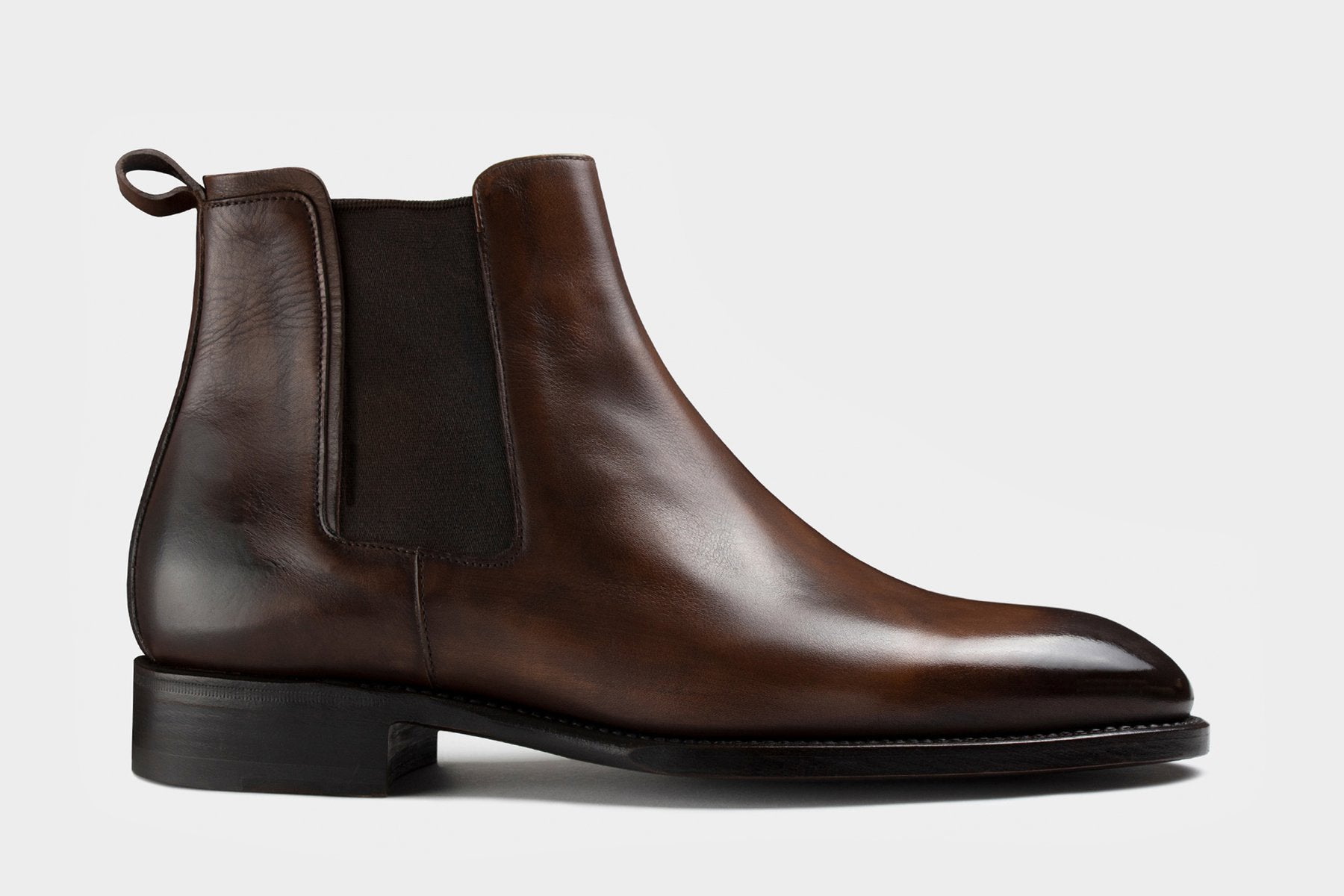
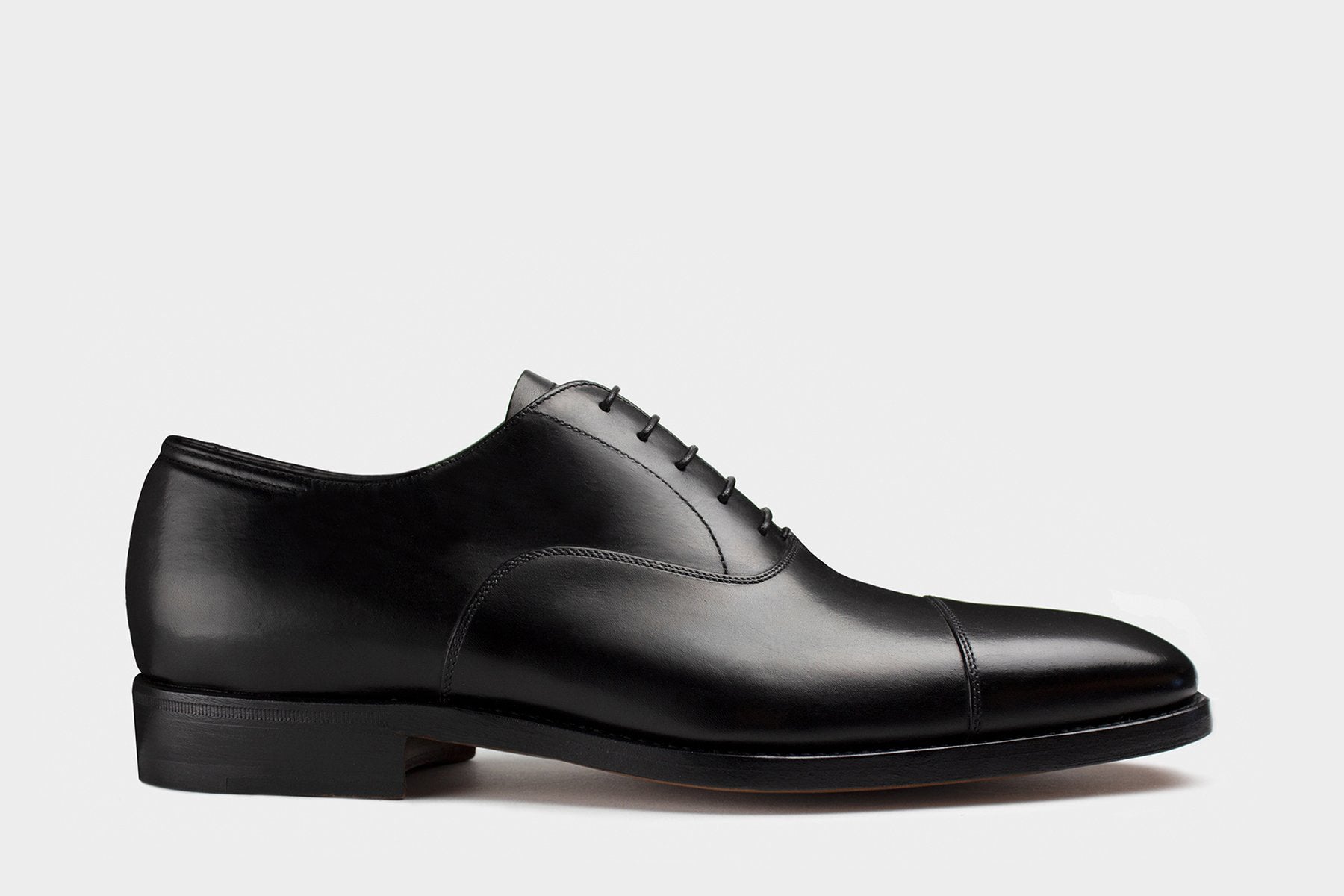
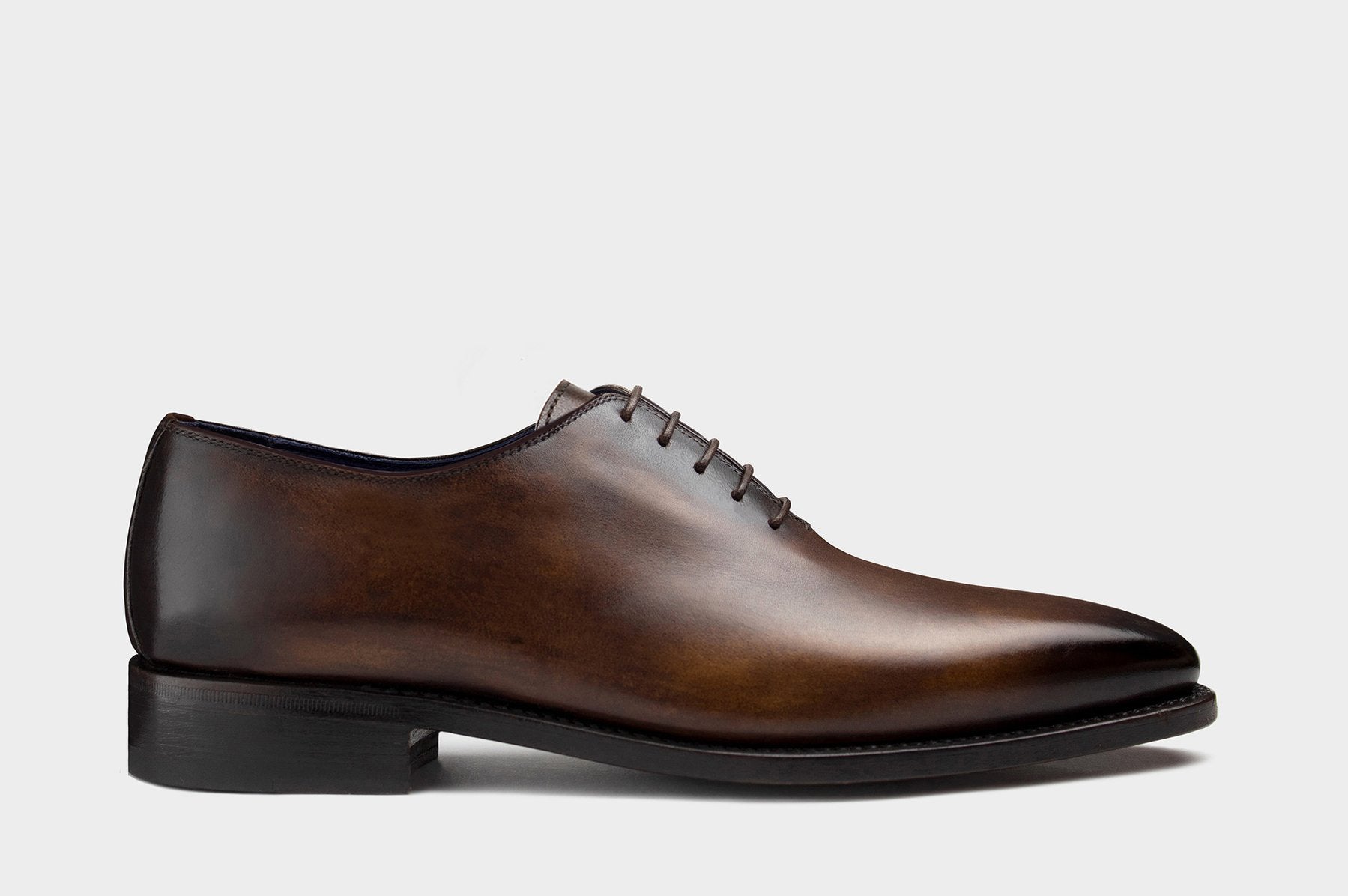
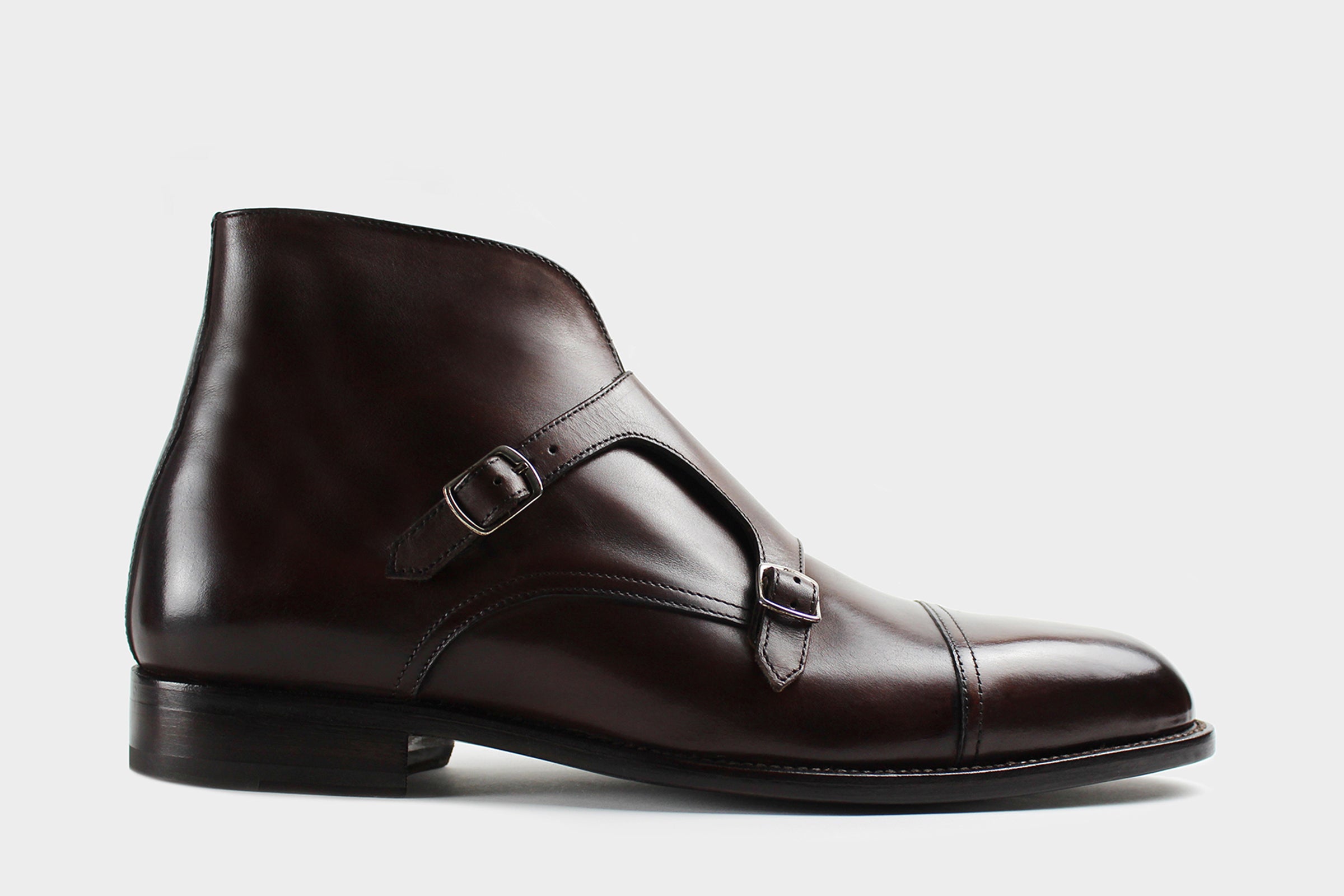
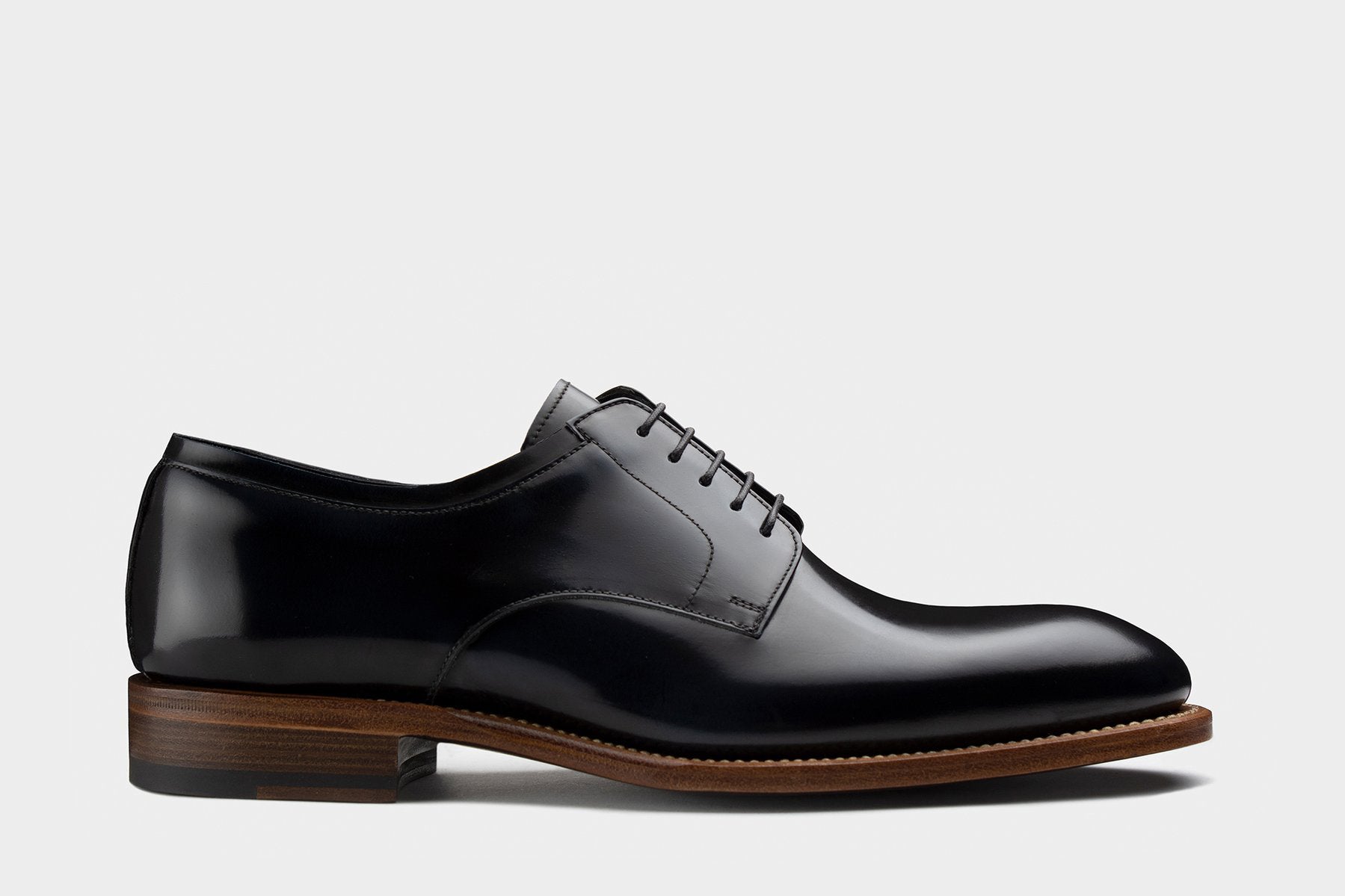
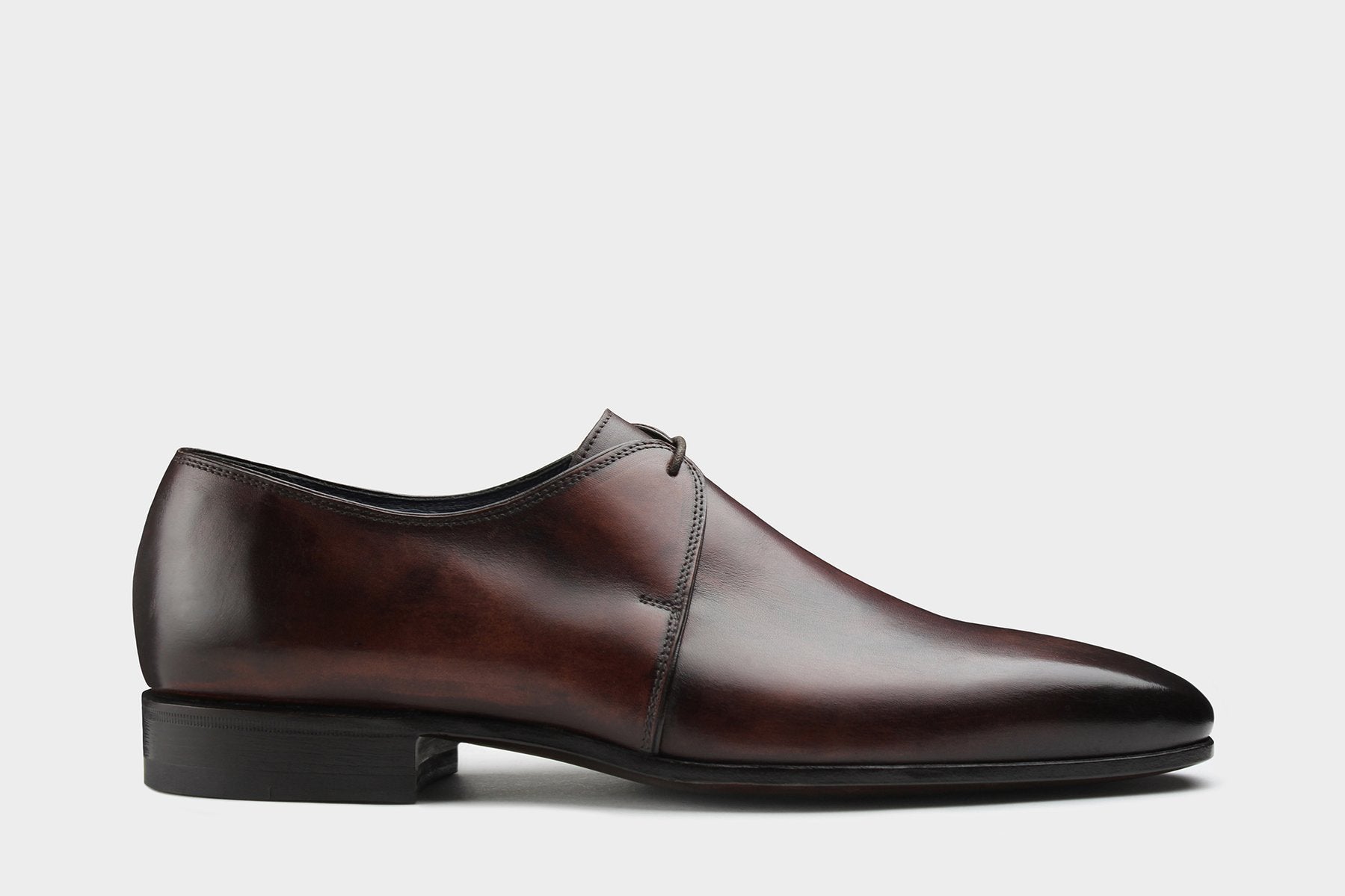
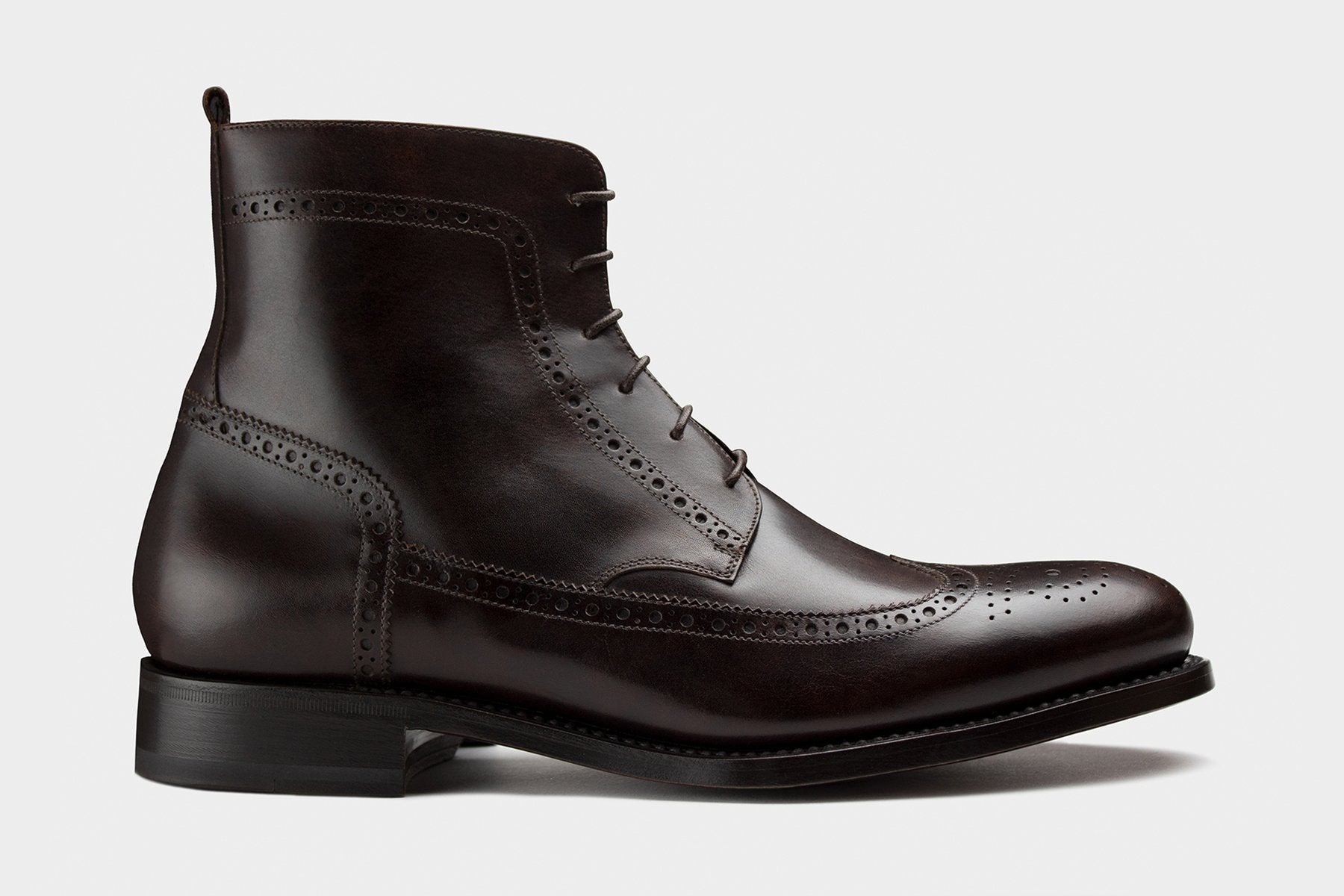
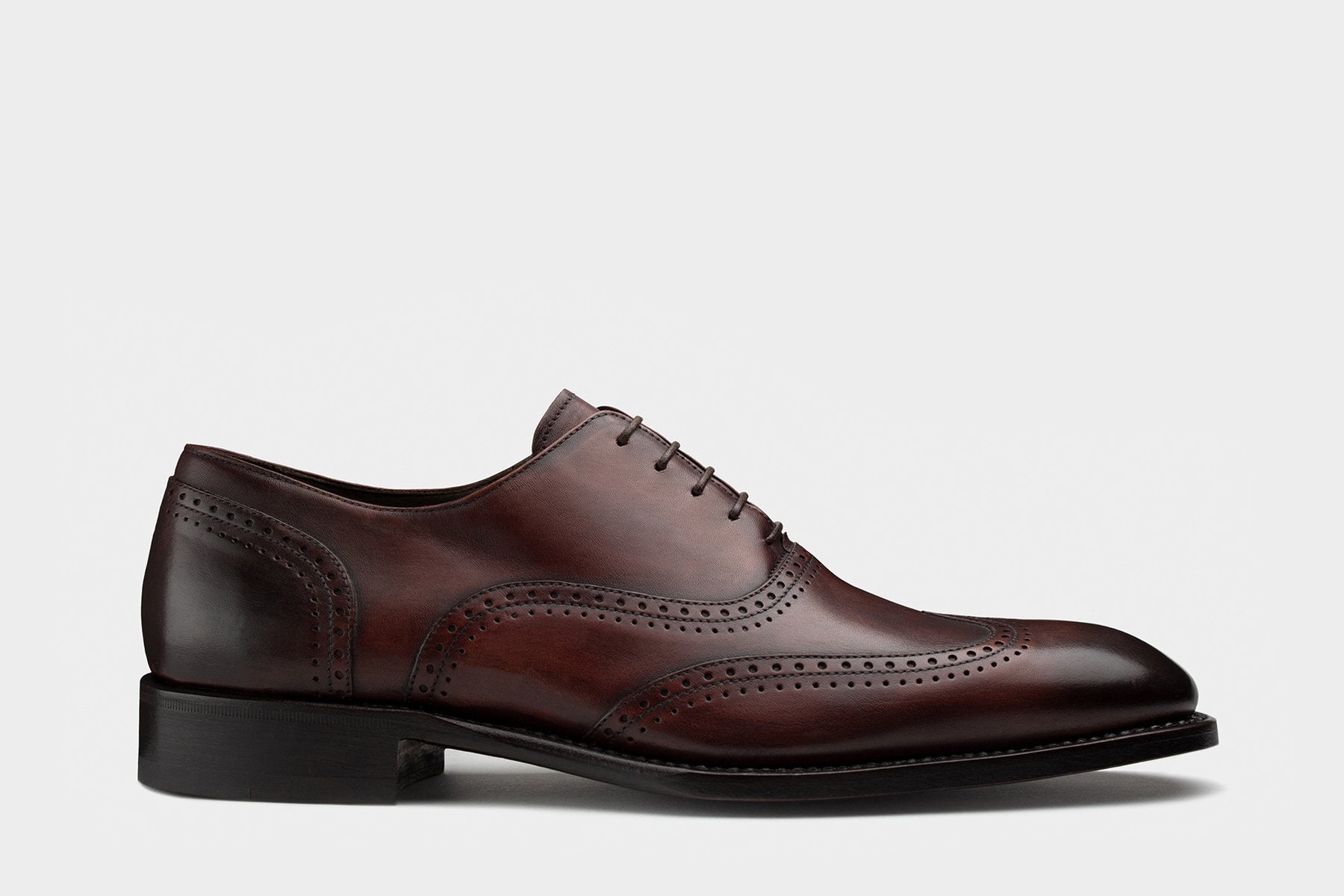
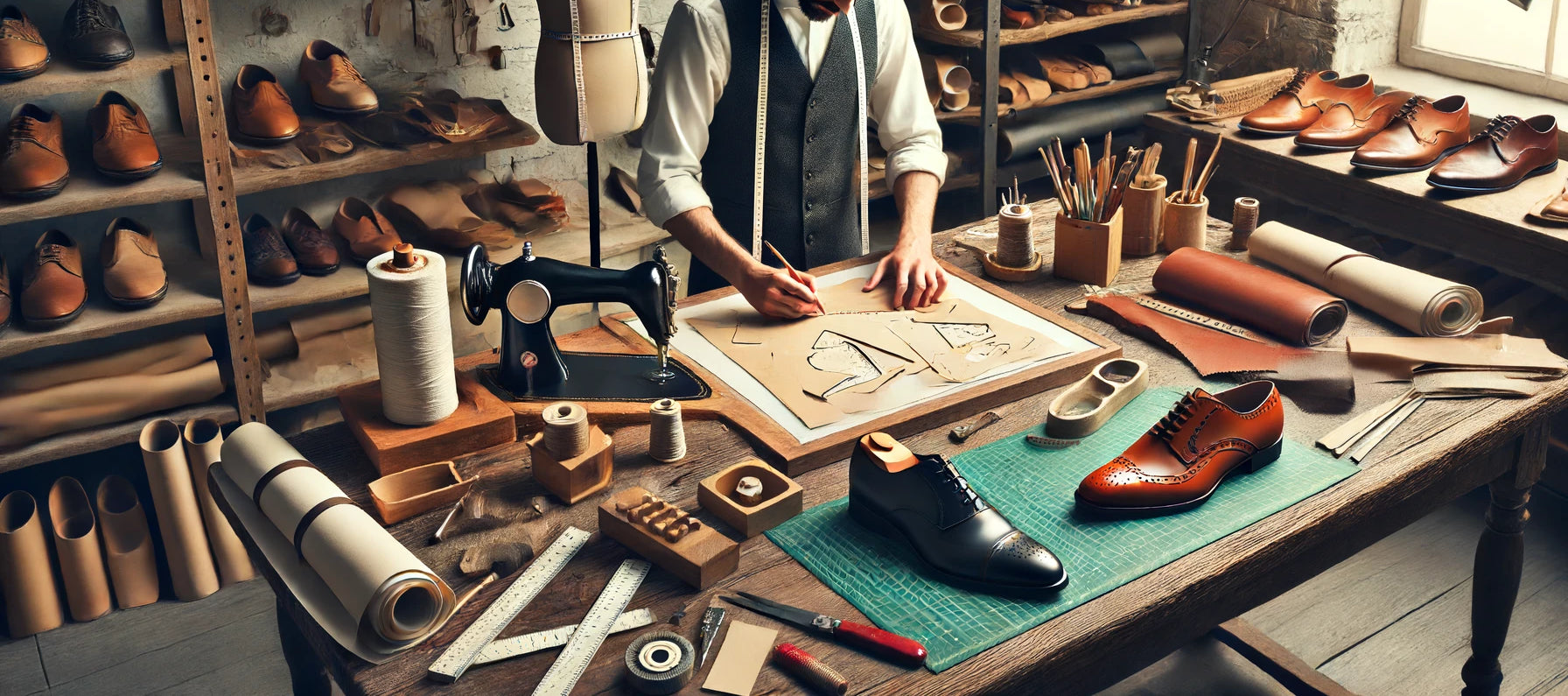
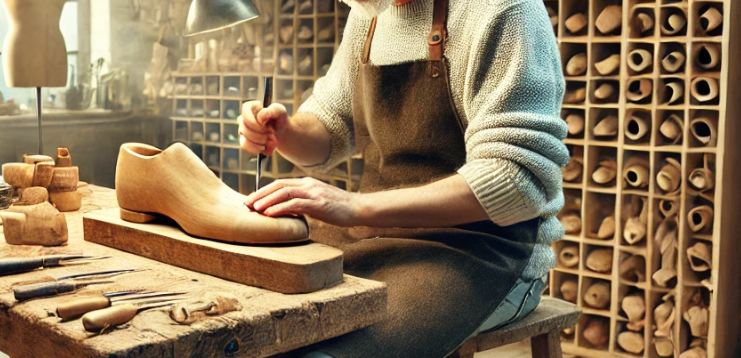
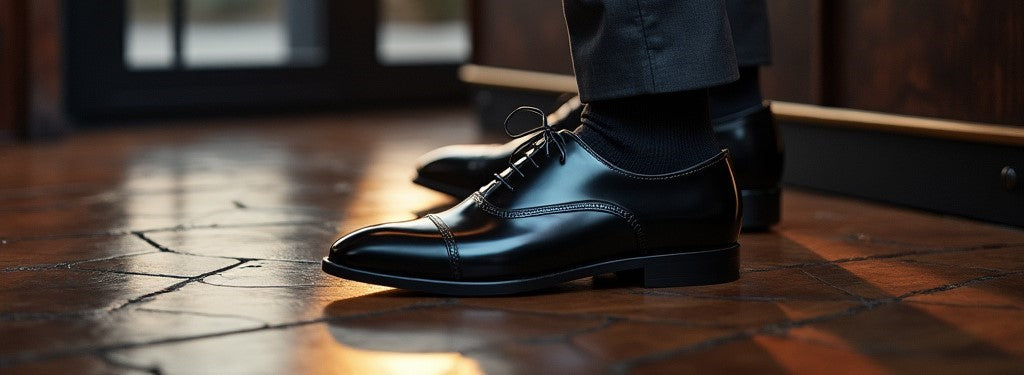
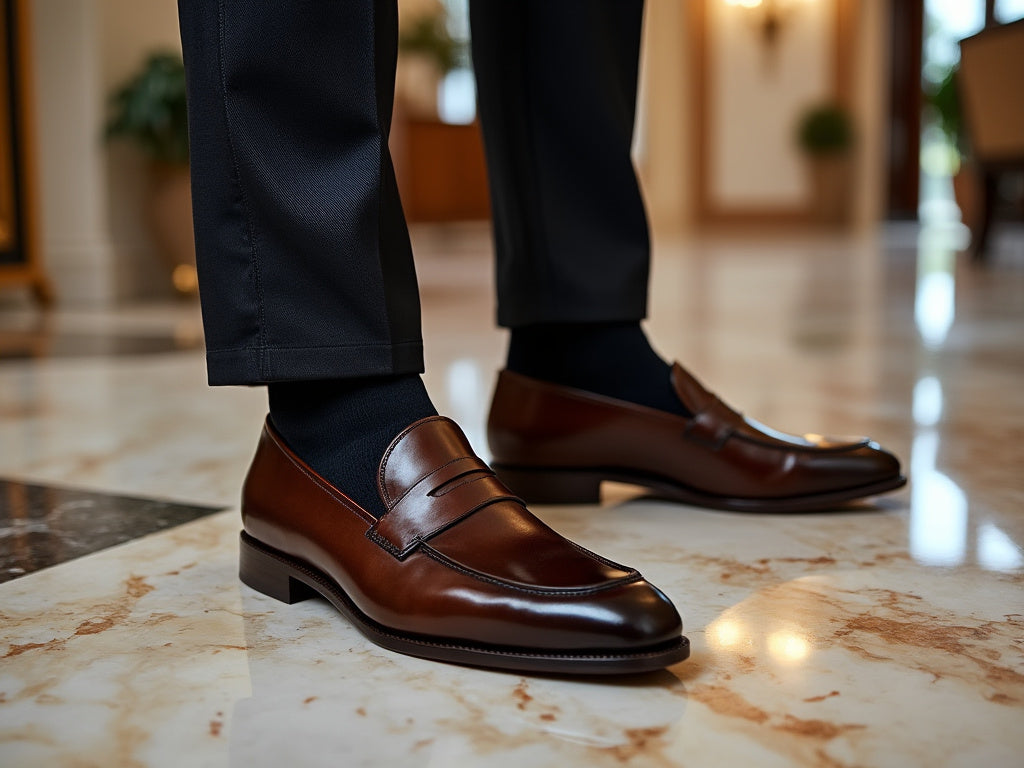
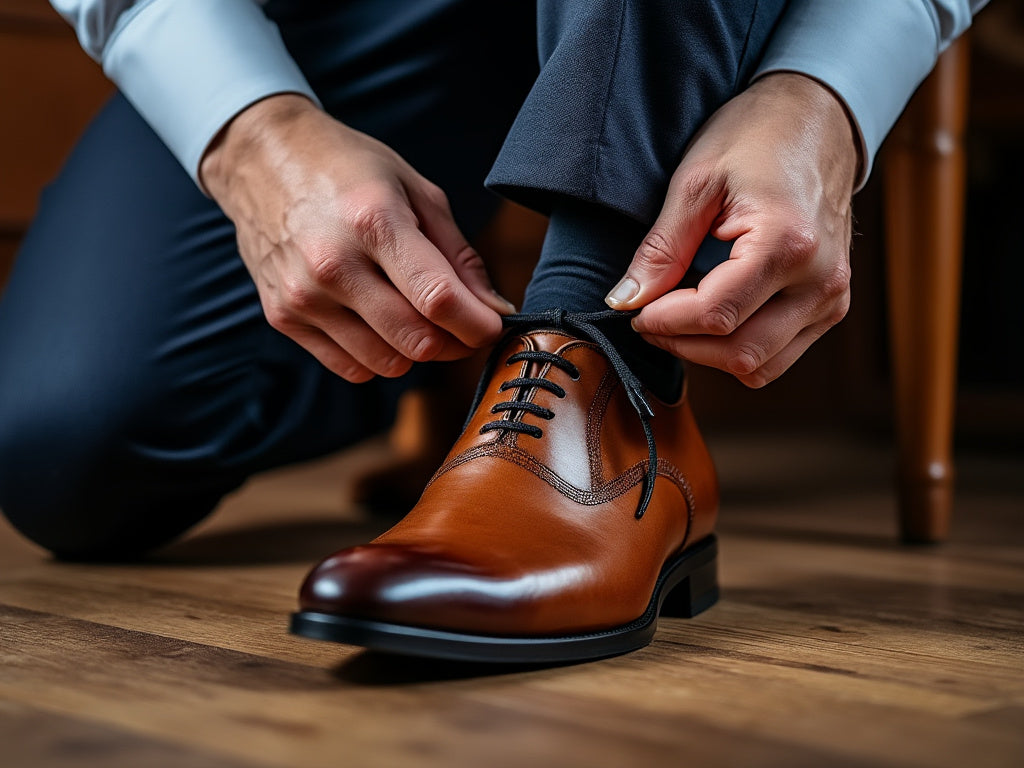
Leave a comment
This site is protected by hCaptcha and the hCaptcha Privacy Policy and Terms of Service apply.